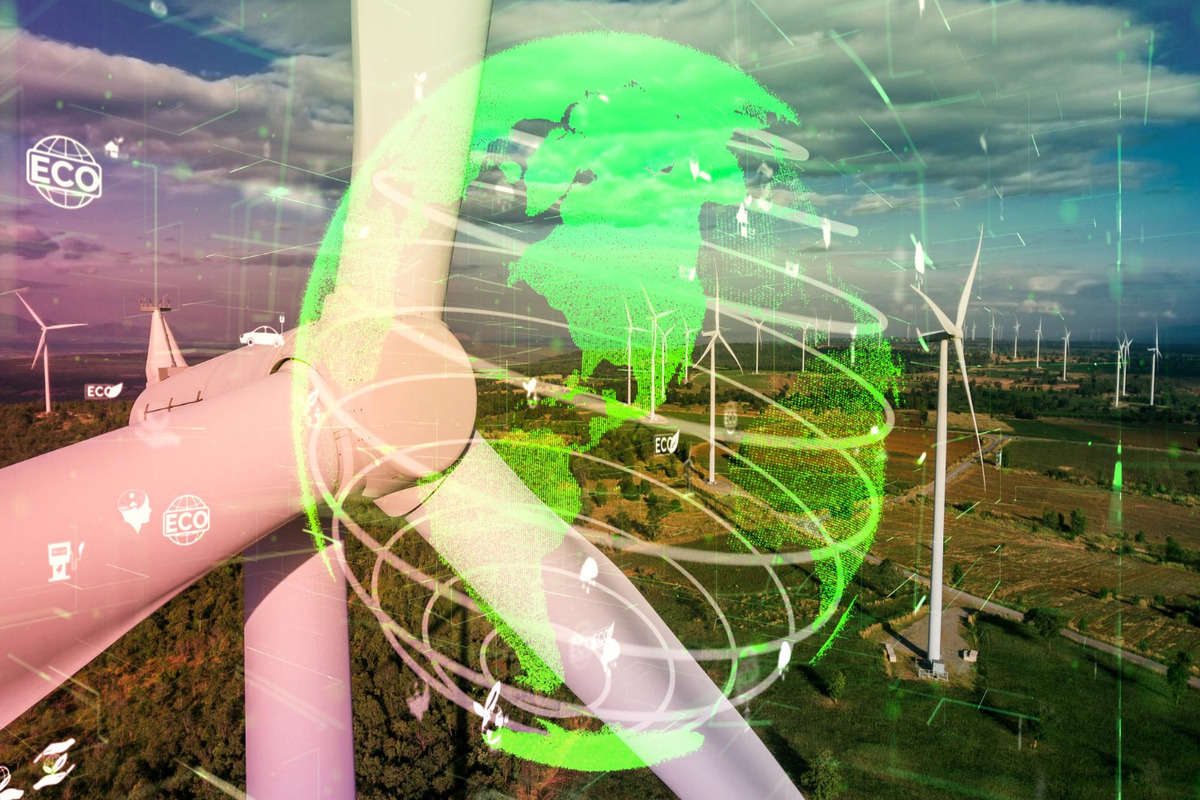What Is the Green Energy Revolution?
The green energy revolution represents a global shift towards sustainable, eco-friendly energy solutions. It is a movement designed to reduce our dependency on fossil fuels and combat the devastating effects of climate change. By embracing renewable energy sources like solar, wind, hydroelectric, and geothermal power, nations worldwide are working toward a cleaner and healthier planet.
Not only does this revolution promise a healthier environment, but it also opens up new economic opportunities. Countries are now prioritizing investments in green technology and infrastructure, recognizing the long-term benefits of clean energy. This global transformation marks a significant milestone in our quest for sustainable living.
Solar Power: Leading the Way
Solar power has emerged as one of the most accessible and reliable forms of renewable energy. With constant advancements in solar panel technology, it is now easier and more affordable than ever to harness the sun’s energy. Whether it’s rooftop installations or massive solar farms, this energy source is making waves worldwide.
In sunny regions like California, Australia, and parts of Africa, the deployment of solar panels is rapidly growing. Beyond reducing carbon emissions, solar power also provides long-term cost savings. Households and businesses that adopt solar systems often experience a dramatic decrease in their electricity bills, making it a financially smart choice as well.
Moreover, solar power has become a symbol of the clean energy movement. Its ability to generate power with zero emissions while utilizing a free, abundant resource—the sun—makes it an essential player in the renewable energy revolution.
Wind Energy: Harnessing Nature’s Power
Wind energy is another vital component of the renewable energy mix. By capturing the natural movement of wind with large turbines, this form of energy provides a clean and sustainable solution to power generation. Offshore wind farms, in particular, are becoming increasingly popular due to their high efficiency and minimal impact on urban environments.
Countries such as Denmark, which generates nearly half of its electricity from wind, are showcasing the potential of this technology. Wind energy’s scalability makes it an attractive choice for both large-scale energy projects and small communities aiming for self-sufficiency. With its ability to operate around the clock in windy regions, this source of power continues to grow in importance.
Although some critics raise concerns about the impact of turbines on local wildlife, engineers are working tirelessly to develop eco-friendly solutions. These innovations ensure that wind energy remains a key player in the global transition to renewables.
Hydroelectric Power: A Timeless Resource
Hydroelectric power is one of the oldest and most reliable renewable energy sources. By converting the energy of flowing water into electricity, this method has been used for decades to supply clean power to communities worldwide. From small hydroelectric plants in rural areas to massive dams like the Hoover Dam, water-based energy is both versatile and dependable.
One of the primary advantages of hydroelectric power is its ability to provide consistent energy. Unlike solar or wind, which depend on weather conditions, hydroelectric plants can operate steadily throughout the year. This consistency makes them an integral part of the global energy mix.
Additionally, hydroelectric projects often stimulate local economies. They create jobs, support infrastructure development, and contribute to energy security. While concerns about ecological disruption exist, modern technologies are helping to minimize the environmental footprint of these projects.
Challenges in Transitioning to Renewable Energy
The shift to renewable energy is not without its challenges. One major hurdle is the high initial cost of building renewable energy infrastructure. Solar farms, wind turbines, and hydroelectric plants require substantial investment upfront, which can be a significant barrier, especially for developing countries. However, as technology advances and production costs decrease, these barriers are gradually being lowered.
Another critical issue is energy storage. Since renewable sources like solar and wind are weather-dependent, ensuring a steady energy supply requires sophisticated storage solutions. Innovations in battery technology, such as lithium-ion and solid-state batteries, are addressing this problem and paving the way for a more reliable renewable energy future.
Despite these obstacles, the commitment to a cleaner planet is driving governments, businesses, and individuals to overcome these challenges. The long-term benefits of renewable energy far outweigh the short-term difficulties, making this transition inevitable.
Green Energy vs. Fossil Fuels
To truly appreciate the impact of green energy, it’s essential to compare it with traditional fossil fuels. Here’s a breakdown of key differences:
| Aspect | Green Energy | Fossil Fuels |
|---|---|---|
| Environmental Impact | Minimal carbon emissions and ecological harm. | Significant contributor to climate change and pollution. |
| Cost Over Time | Low operating costs after installation. | Expensive and subject to volatile market prices. |
| Resource Availability | Unlimited, renewable resources. | Finite and rapidly depleting reserves. |
| Health Effects | Improves air quality and reduces health risks. | Causes respiratory diseases and environmental hazards. |
| Job Creation | Promotes growth in clean energy sectors. | Jobs concentrated in polluting industries. |
The Future of Green Energy
The future of green energy is incredibly promising. With ongoing innovations, such as floating solar farms and advancements in wind turbine efficiency, the renewable energy sector is set to expand even further. These technologies are making green energy more accessible and affordable for communities worldwide.
Moreover, international agreements like the Paris Climate Accord are driving countries to commit to renewable energy targets. Governments are offering incentives for businesses and individuals to adopt sustainable practices, ensuring a collective push toward a greener future.
As the world unites in its efforts to combat climate change, the green energy revolution will continue to play a pivotal role. With every breakthrough, the dream of a sustainable planet becomes more attainable.
Conclusion
The green energy revolution is not just a trend; it is a necessity for the survival of our planet. By embracing renewable energy, we can reduce our environmental impact, create jobs, and ensure a better quality of life for future generations. The challenges are real, but so are the solutions and the opportunities.
As individuals, businesses, and governments work together, the green energy movement will continue to grow. It is an exciting time to witness this transformation and contribute to a cleaner, more sustainable world.



